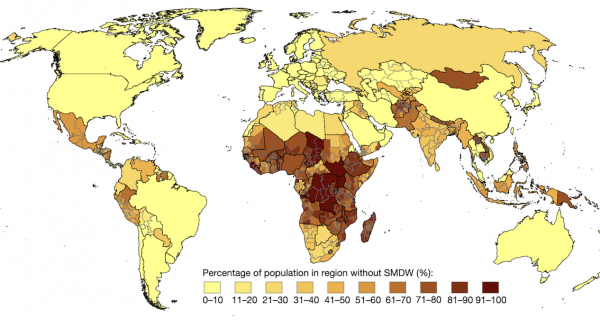Cold Calling Students Increases Voluntary Student Participation and Closes the Gender Gap in Participation
Study shows cold calling students could be a surprisingly good idea

A recent study by Elise J. Dallimore, Julie H. Hertenstein, and Marjorie B. Platt examines the relationship between cold-calling and voluntary participation of both men and women students and student comfort participating in class discussions. For people who aren’t familiar with the terminology, “cold calling” means calling on students who have not raised their hand. Students are told this is the class policy on advance, and are expected to prepare for class. Often the student to be called on is selected at random.
The study examined whether cold-calling affects men and women students the same. It explored both the effect of cold-calling on the voluntary participation of these two groups and its effect on their comfort participating. Trained observers gathered data on whether instructors cold-called students or called on volunteers during two case discussions. In addition, data were gathered using pre- and post-course surveys of students’ perceptions about and behaviors related to class discussions. The students in this study were sophomores enrolled in a required business course at a large, private research university.

The primary results indicated that in high cold-calling environments, a larger percentage of both men and women students participate voluntarily and women are on a par with men in that they answer the same number of volunteer questions. Further, both men and women respond similarly to cold-calling from the perspective of their comfort participating; increased cold-calling in the high cold-calling environments did not make either group uncomfortable. Differences observed between men and women’s participation occurred in the low cold-calling environments as women answered fewer questions than did men.
This study makes a valuable contribution to the discussion-teaching literature especially as related to cold-calling. It does so by showing that instructors can cold-call in classes with men and women students and can help both groups improve their participation in class discussions without making them uncomfortable. Given that prior research has shown a strong link between class participation frequency and learning, it is imperative that all students be encouraged to participate in class discussion, not just those who are initially willing to volunteer.

The results show that cold-calling increases the percentage of both men and women who participate voluntarily. Further, the results indicate in high cold-calling classes women answer the same number of volunteer questions as men. Additionally, increased cold-calling did not make either group uncomfortable. However, differences were observed between men and women in low cold-calling environments where women answered fewer questions than men. Thus, cold-calling may help improve the performance of both men and women in class discussions and may make the classroom environment more equitable for women.






















































